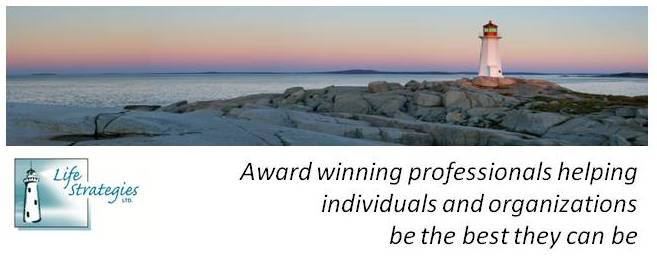 It’s almost Thanksgiving, so we conducted a brief survey about appreciation in the workplace. We appreciate all the thoughtful responses we got – clearly appreciation is alive and well which was encouraging to hear!
It’s almost Thanksgiving, so we conducted a brief survey about appreciation in the workplace. We appreciate all the thoughtful responses we got – clearly appreciation is alive and well which was encouraging to hear!The good news was that a third of our respondents had been appreciated within the past 24 hours and an additional fifth of them had been appreciated within the past week or so (i.e., 55% had received appreciative recognition quite recently). Sadly, a few (about 10%) had to reach back a year or more to identify appreciation in the workplace – sometimes this was linked to a pay raise, performance review, or award ceremony but in other cases this reflected workplaces that simply weren’t recognizing the contributions of employees. One person said “Everyone is looking out for themselves right now, sadly.” Another listed 2006 (5 years ago) as the last time appreciation was expressed; still another wrote, “Can’t honestly remember when the last time was.”
When asked about the most common way to show appreciation, not surprisingly a simple “thank you” came out on top – 50% of the respondents selected this item compared to the next highest choice of letting management know (10%). However, the qualitative answers revealed a variety of approaches (so thank yous don’t become routine) – and many people emphasized the importance of individualizing appreciative feedback, both from the perspective of the sender (it needs to be specific and authentic) and the receiver (it needs to be personally meaningful).
Some people highlighted the personal touch (e.g., in person feedback or a hand written note rather than an email; customized gifts rather than generic gift cards; hugs; home-made food) – but responses were varied. Spa gift certificates were a common theme, as were lunches out, gift certificates for dinner ($100 seemed to be the most common amount for this item), chocolate, flowers, team events, and celebrations. The gift of time was always appreciated – whether time off for birthdays or after a busy project, covering for someone else to give that person a day off (one casual employee does this without compensation to give others a break!), or taking the team out for a special treat.
When asked about creative appreciation strategies, some unique ideas were shared. One organization has a “Cup of Awesomeness” (a golden cup on a beaded cord) that staff members pass to each other to show appreciation for a job well done. Another organization has a Treasure Chest, stocked with cards and small gifts that any employee can use to show appreciation to colleagues or suppliers. And, in one case, an employee’s parents were flown out for a surprise recognition dinner!
However, responses clearly indicated that what works for some doesn’t work for others – one person wrote, “Don’t offer food!! Some cultures keep offering food and you have to eat even if you are not interested not to upset them!!! – I truly hate that!” The consensus definitely was to individualize your approach – take time to learn how the person you appreciate would like to be acknowledged.
Aside from it just being a nice thing to do, respondents identified that appreciation contributes to increasing employee engagement (78%) and productivity (68%), reducing conflict (58%), and facilitating retention (55%). Showing appreciation also models a culture of respect. Some respondents cautioned, however, that appreciation can be a double-edged sword if it contributes to competition or some employees recognized that they aren’t been acknowledged as often or publicly as others.
Appreciation is a core element in both our Let’s CHAT! coaching / communication model and our Employee Engagement model . Don’t hesitate to connect if you’d like to learn more about either of these workplace tools.




No comments:
Post a Comment